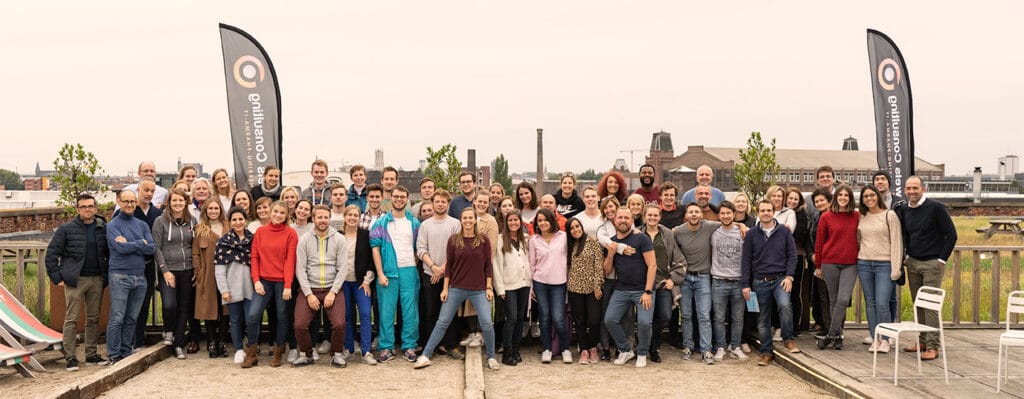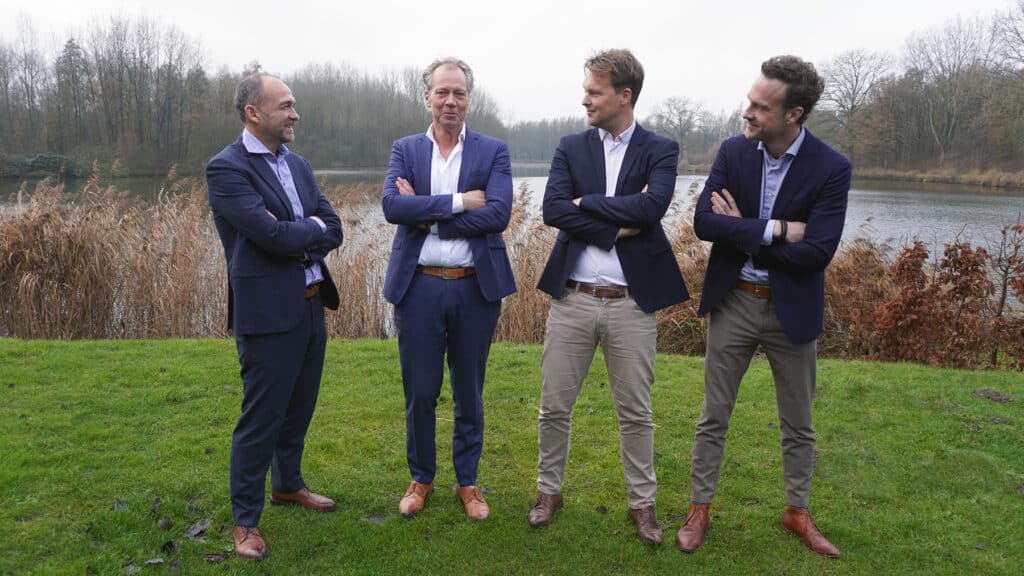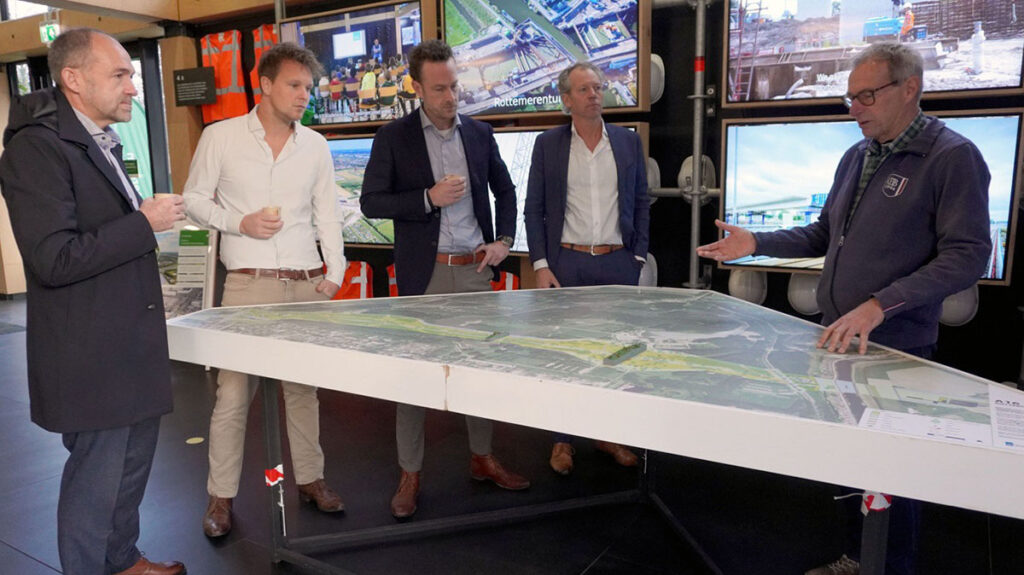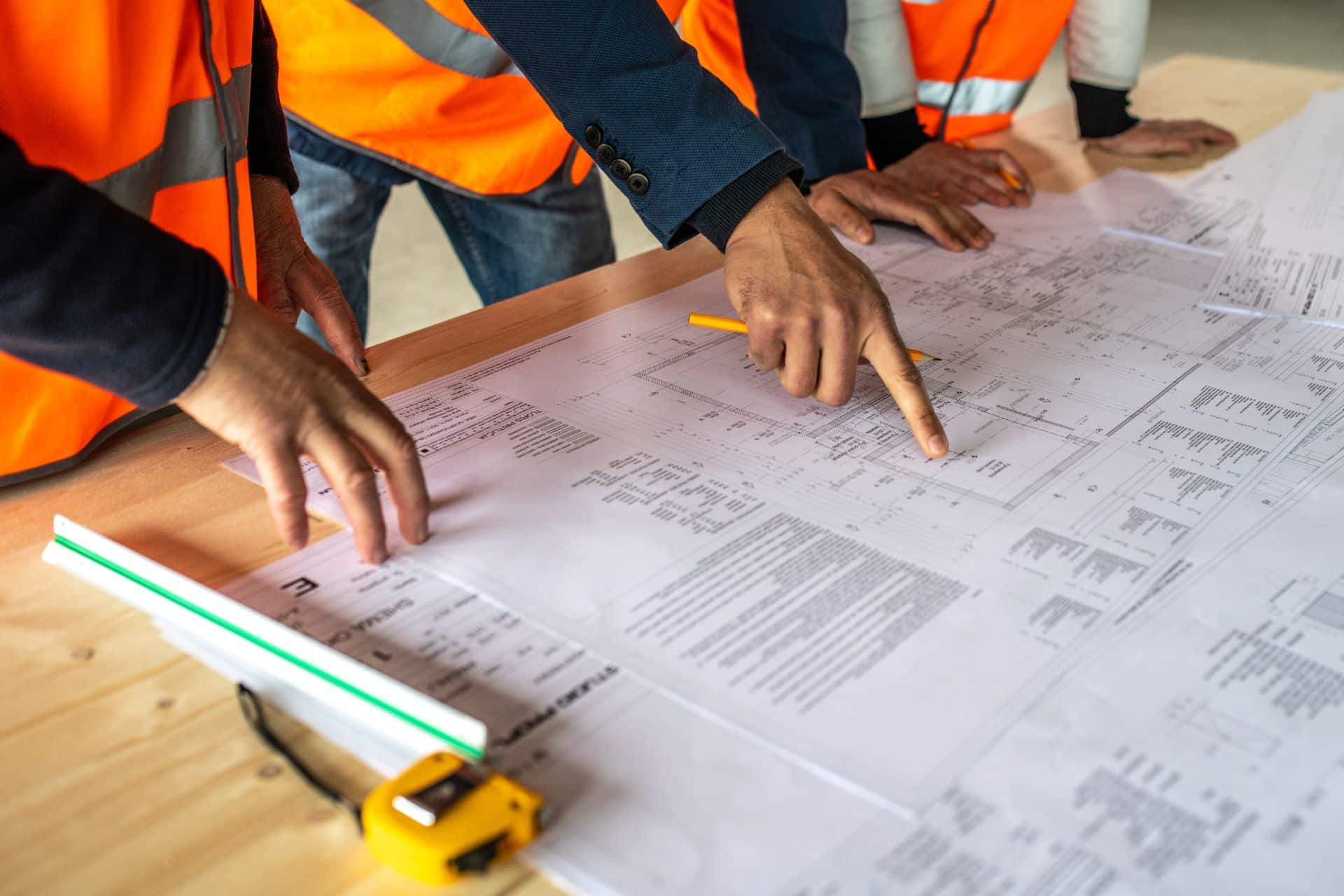Pauwels Blog
We support your growth: discover Training Programs
We support your self-development in our Training Program
Stef Schillebeeckx is working as an MES system engineer consultant at a large international company in biotech. He got here through a Training Program: he started a new job and a learning path at the same time. It is a fast and effective way to take your career in a new direction, without taking a career break. In a Training Program, learning and working go hand in hand. It’s challenging, but you can count on the necessary support of a team of experts.
If you are having trouble viewing this video, it may be due to your cookie settings. You can adjust these and temporarily allow cookies via the Cookiebot safety pin at the bottom left.

Apply here
Apply for the Training Program, ask us your questions, or just have a chat with us!
A new direction for your career
Stef: “I’m doing something that’s completely new to me. At Pauwels Consulting I get the opportunity to grow on a professional level as I’m working as a consultant in a new industry. I like it a lot because I’m someone who enjoys a challenge.”
“I’m learning at a fast pace in the Training Program. There are so many training options out there, but now the Training Program Management team selects training sessions that will help me in my new job. It’s good to know that I get to focus on the skills for which I need the extra help. I’m learning how to approach certain people or issues more efficiently, which will make me a better consultant or even a better person.”
“The advantage of Training Programs is the alternation between on-the-job learning at your project and learning in training sessions. That way, it’s nicely intertwined because you don’t forget what you learned before you even start on the job.”
We support you in your new job
“When you start a Training Program, everything feels unknown because you still have to
learn so much about your new role. That’s why they offer support in several
ways. Koen De Borle is the Training Program Manager, Koen Willems is my coach
and Tom Kiebooms is my mentor. The trajectory is laced with training, coaching,
intervision sessions, and mentoring sessions.”
But what does that all mean? These are all the ways in which we support our consultants
in a Training Program:
– The Training Program Team
In the Training Program you are always in contact with Koen De Borle, he is responsible for the Training Programs and keeps in touch with the consultants and the clients where they work on projects. When you apply for a Training Program, you will also get to know Yasmine or Hà, the Talent Acquisition Specialists. They will listen to your expectations and motivation and look with you for the right match. They are also responsible for the organization and follow-up of the different Training Programs.
– Mentoring
A mentor is someone who shares his or her experience in a particular field with you. Stef explains, “My mentor Tom Kiebooms is my go-to person in the workplace.” Tom works for the same client: “I have been working as a consultant in MES for 10 years. Consultants can come to me with all kinds of questions. They can ask anything, from questions about the workflow, to time management tips or specific technical questions. You learn a lot from experience and you can’t always prepare for that. I like to help younger consultants with that.”
– Coaching
Stef says, “During a coaching session, I can discuss anything in confidence. Problems at work, or even possible conflicts with my personal life, everything comes up. My coach Koen Willems thinks of a solution together with me or helps me take a new look at obstacles myself. A confidential environment is important to be able to discuss your insecurities.” Your coach will also possibly try to solve your question with the help of HR, administration or other teams.
– Intervision
“An intervision session is more like a peer discussion that you can prepare for,” Stef explains. “Here you get the chance to present a problem statement to subject experts, your mentor and coach. Together we then discuss how to address it. The resulting action plan is also followed up afterwards. Was this successful? Or did you take a different approach anyway? After an intervision session, I realized that sometimes the solution can be simple. Often you then see that you weren’t the first to encounter this at all, or you discover that, on the contrary, you have a refreshing view on something typical about the job. That’s where you need experts in the field, their experience counts!”
Consultancy offers flexibility
Stef deliberately chose a career as a consultant. Stef: “I like having the option to go in a new direction without having to start over for another employer. I am happy at Pauwels Consulting because they offer many opportunities to learn. Through the Training Program I could even start something that was completely new for me, now that’s what I call flexibility.”
Practical skills don’t come from textbooks
“You can immediately put the training sessions into practice,” Stef explains. “Energy Management made me reflect on how best to distribute my energy during the workday. What I discovered about myself is that I am freshest in the morning to tackle difficult tasks. Stakeholder Management is useful for anyone in project environments, because even on technical jobs, you need to be able to consult with all parties involved and come up with solutions together.”
“The advantage of Training Programs for me is the alternation between on-the-job learning at your project and learning from training sessions. That way, it’s nicely intertwined because you don’t forget what you learned before you even started on the job.”
Contact us
Do you have any questions for us? Let’s get in touch!
"(Required)" indicates required fields





















